
O.P Jindal Global Business school, Sonepat
|
QUICK VIEW OF O.P JINDAL GLOBAL BUSINESS SCHOOL, SONEPAT |
|
|
Established In |
2009 |
|
University Type |
Private |
|
Also, Know as |
JGU |
|
Location |
Sonepat, Haryana |
|
Recognized by |
UGC, MHRD, BCI |
|
Accreditation |
NAAC Grade “A” |
|
Faculty |
569 |
|
Total Students |
5100 |
|
Total Alumni |
2,900 |
|
Total Course |
8 in UG, PG & PhD |
|
Entrance Exam Accepted |
JSAT, JMAT, RAT |
|
Salary Package |
Highest (Domestic)- 9.2 LPA| Highest (Domestic)- 9.2 LPA| Average-5 LPA |
In the QS World University Rankings 2020, JGU is placed among the top 800 universities in the world. According to the Rankings, JGU is one of the world's top 50 universities under 50 years old. In 2019, the QS World University Rankings placed JGU in the top 450 universities in Asia. Mr. Naveen Jindal, JGU's Founding Chancellor, established the university as a charitable project in remembrance of his father, Mr O.P. Jindal. JGU has made tremendous progress toward attaining its goal of serving as a role model for institutional excellence in higher education, thanks to its nine schools. Multiple research projects and centres, as well as three research, capacity-building, and training institutes.
JGU is one of the few universities in Asia to maintain a 1:9 professor-to-student ratio and hire faculty members with superior academic qualifications and expertise from India and other world areas.JGU is a research-intensive university that values interdisciplinarity and innovative pedagogy, pluralism and rigorous scholarship, and globalism and international engagement as basic institutional values. JGU is dedicated to offering high-quality education, conducting research, and promoting scholarship through its outstanding researchers, contemporary facilities, and innovative learning culture.
Courses
Highlights
- International collaboration with Quinnipiac University, European Business School, Goethe University, Carleton University, and few others for student exchange, internships and research projects
- To be a globally acclaimed business school providing transformative and responsible management education through impactful interdisciplinary teaching and research
- JGBS fosters curriculum, research, and collaborations of the highest standards, and with a global perspective, through a faculty drawn from and educated throughout the world.
- JGBS is ranked 250-300 amongst 9000 universities in the BRICS and is also a member of the Association of Advance Collegiate Schools of Business. JGBS is also recognised and granted Autonomy by UGC.
- Ranked 251-300 amongst 9000 universities in the BRICS
- Accredited by National Assessment and Accreditation Council
- Recognised and granted autonomy by the University Grants Commission (UGC) Multi-Disciplinary
O.P Jindal Global business school, Sonepat Admission
The admission process for O.P. Jindal Global Business School (JGBS) is structured to identify and select qualified candidates for its various programs.
Online Application
- Application Form: Candidates need to fill out the online application form available on the official JGBS website.
- Required Documents: Applicants must upload essential documents, including:
- Academic transcripts (10th, 12th, and undergraduate degrees)
- Entrance exam scores (if applicable)
- Statement of Purpose (SOP)
- Letters of Recommendation (LOR)
Entrance Exams
- Eligibility Criteria: Candidates may need to take specific entrance exams depending on the program. Commonly accepted exams include:
- GMAT (Graduate Management Admission Test)
- GRE (Graduate Record Examination)
- CAT (Common Admission Test)
- Jindal Scholastic Aptitude Test (JSAT)
Personal Interview
Interview Process: Shortlisted candidates are invited for a personal interview, which may be conducted in person or virtually. This interview assesses the candidate’s suitability for the program and their motivations for pursuing a degree at JGBS.
Final Selection
- Academic performance
- Entrance exam scores
- Interview performance
- Work experience (if applicable)
- Other achievements and extracurricular activities
Admission Offer
Acceptance: Selected candidates will receive an admission offer. They need to confirm their acceptance and complete any required formalities, such as paying the admission fee.
Enrollment
Orientation Program: Admitted students will be invited to attend an
O.P Jindal Global business school, Sonepat Course
O.P. Jindal Global Business School (JGBS) offers a dynamic range of programs designed to equip students with the skills and knowledge needed to excel in the global business environment. The school emphasizes a multidisciplinary approach, integrating business education with law, public policy, and international affairs.
Undergraduate Programmes
- BBA (Hons.) Business Analytics
- BBA (Hons.) Financial Markets
- BBA (Hons.) Family Business
- BBA (Hons.) Marketing / HR/ Finance
- Integrated BBA (Hons.) + MBA
Postgraduate Programmes
- MBA
- One Year Global MBA (Business Analytics)
- MBA in Business Analytics (in association with COURSERA)
- MBA Online
- MBA in Business and Law Online
- MBA in Business Analytics Online
O.P Jindal Global business school, Sonepat Eligibility
O.P. Jindal Global Business School (JGBS) offers a variety of programs, each with specific eligibility criteria. For the **BBA program**, candidates must have completed their 10+2 education with at least 50% marks. For the **MBA program**, applicants need a bachelor's degree with a minimum of 50% marks, along with valid scores from exams such as GMAT, CAT, or NMAT. For the **Ph.D. program**, candidates should have a master’s degree in management or a related field, with a strong academic record.
|
Course |
Duration |
Eligibility |
|
BBA (Hons.) Business Analytics |
4 Years |
Mathematics is mandatory in standard 11th & 12th for this specialization |
|
BBA (Hons.) Financial Markets |
4 Years |
Mathematics is mandatory in standard 11th & 12th for this specialization |
|
BBA (Hons.) Family Business |
4 Years |
Mathematics is mandatory in standard 11th & 12th for this specialization |
|
BBA (Hons.) Marketing / HR/ Finance |
4 Years |
Mathematics is mandatory in standard 11th & 12th for this specialization |
|
Integrated BBA (Hons.) + MBA |
5 Years |
Mathematics is mandatory in standard 11th & 12th for this specialization |
|
MBA |
2 Years |
Graduation degree with minimum 50% from a recognised University |
|
One Year Global MBA (Business Analytics) |
1 Years |
Graduation degree with minimum 50% from a recognised University |
|
MBA Online |
1 Years |
minimum 50% aggregate score from a recognized university. |
|
MBA in Business and Law Online |
1 Years |
minimum 50% aggregate score from a recognized university. |
|
MBA in Business Analytics Online |
1 Years |
minimum 50% aggregate score from a recognized university. |
O.P Jindal Global business school, Sonepat Fees
O.P. Jindal Global Business School (JGBS) has a structured fee system for its programs. The BBA program fees range from ₹3.5 to ₹4 lakhs per year, depending on the specialization. For the MBA program, the total fee is approximately ₹11 to ₹12 lakhs for the two-year course. The Ph.D. program fees vary based on the duration and specific course requirements but are generally more affordable. These fees cover tuition, but additional costs like accommodation, meals, and other services may be charged separately.
|
Course |
Duration |
Fees Annual |
|
BBA (Hons.) Business Analytics |
4 Years |
4,50,000 |
|
BBA (Hons.) Financial Markets |
4 Years |
4,50,000 |
|
BBA (Hons.) Family Business |
4 Years |
4,50,000 |
|
BBA (Hons.) Marketing / HR/ Finance |
4 Years |
4,50,000 |
|
Integrated BBA (Hons.) + MBA |
5 Years |
3,50,000 |
|
MBA |
2 Years |
5,50,000 |
|
One Year Global MBA (Business Analytics) |
1 Years |
11,00,000 |
|
MBA Online |
1 Years |
- |
|
MBA in Business and Law Online |
1 Years |
- |
|
MBA in Business Analytics Online |
1 Years |
- |
O.P Jindal Global business school, Sonepat Placement
O.P. Jindal Global Business School (JGBS) has a strong placement record, with top companies recruiting from campus. The average salary package for **MBA graduates** ranges from ₹8 to ₹10 lakhs per annum. Reputed companies from sectors like consulting, finance, and technology participate in the placement drives, offering diverse roles to students. The school also provides career support and guidance to enhance employability.
|
Particulars |
Placement Statistics (2023) |
|
Highest package |
INR 23 LPA |
|
MBA average package |
INR 8.50 LPA |
|
Integrated BBA (H) + MBA average package |
INR 7.45 LPA |
|
No. of recruiters |
69+ |
|
Placement rate |
92% |
|
Total students opted for MS Degree |
10 |
O.P Jindal Global business school, Sonepat Review
O.P. Jindal Global Business School (JGBS) is well-regarded for its world-class faculty, global curriculum, and modern infrastructure. Students appreciate the focus on practical learning, diverse specializations, and exposure to international perspectives through collaborations. The campus provides excellent resources for both academic and extracurricular activities. However, some students feel that the fees are on the higher side.
|
Component Ratings (Out of 5) |
|
|
Placements |
3.9 |
|
Infrastructure |
4.7 |
|
Faculty & Course Curriculum |
4.4 |
|
Crowd & Campus Life |
4.5 |
|
Value for Money |
4.1 |
O.P Jindal Global business school, Sonepat Ranking
O.P. Jindal Global Business School (JGBS) has gained recognition in both national and international rankings. It is part of O.P. Jindal Global University, which is accredited by the NAAC with an "A" grade and is ranked as one of the top private universities in India. JGBS itself has been featured in various business school rankings for its academic excellence, global curriculum, and strong faculty.
|
Ranked by |
2023 |
2024 |
|
Outlook |
1 |
1 |
O.P Jindal Global business school, Sonepat Cut-off
O.P. Jindal Global Business School (JGBS) does not have a fixed cut-off score for admissions, as it considers a holistic approach. For programs like MBA, candidates are typically evaluated based on their performance in entrance exams like GMAT, CAT, or NMAT, but specific cut-off scores may vary each year depending on the applicant pool. In addition to entrance exams, JGBS also considers academic performance, extracurricular achievements, personal interviews, and essays in its admission process. Therefore, while entrance exam scores are important, other factors also play a significant role in securing admission.
|
Section |
2022 |
2023 |
|
Overall |
60 |
60 |
O.P Jindal Global business school, Sonepat Recruiter
O.P. Jindal Global Business School (JGBS) collaborates with a wide array of prominent recruiters across various industries, reflecting its strong industry connections and reputation. Notable companies that participate in the placement process include leading consulting firms like Deloitte, PwC, and KPMG, as well as major financial institutions such as HSBC and ICICI Bank. In the technology sector, global giants like Amazon, Microsoft, and Google actively recruit from JGBS
|
|
Faculty (10)
';|
S.no |
Faculty |
|
1. |
Prof. (Dr.) Mayank Dhaundiyal Professor and Dean |
|
2. |
Prof. (Dr.) Krishan Kumar Pandey Professor and Dean, Office of Doctoral Studies |
|
3. |
Prof. (Dr.) Laknath Jayasinghe Professor & Vice Dean (International) |
|
4. |
Prof. (Dr.) Saroj Koul Professor |
|
5. |
Prof. (Dr.) Anirban Ganguly Professor & Vice Dean |
|
6. |
Prof. (Dr.) Tejpavan Gandhok Professor of Practice & Vice Dean |
|
7. |
Prof. (Dr.) Tanushree Sharma Professor |
|
8. |
Prof. (Dr.) Asim Talukda Professor |
|
9. |
Prof. (Dr.) T. Joji Rao Professor |
|
10. |
Dr. Ashish Dwivedi Professor |
Facilities

AC Classrooms

Cafeteria

Hostel
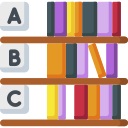
Ransomware by ./M789

Wi-Fi Campus
Gallery
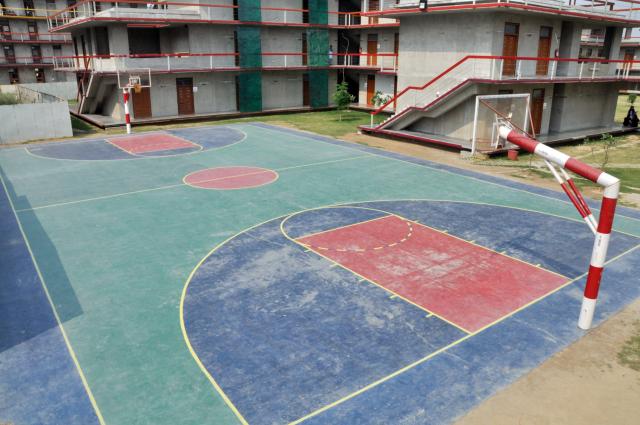
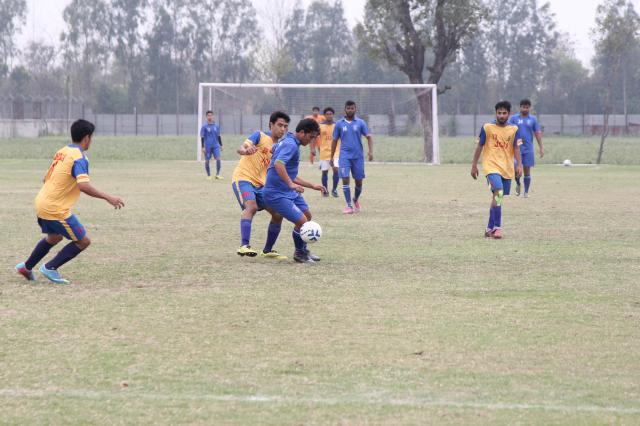
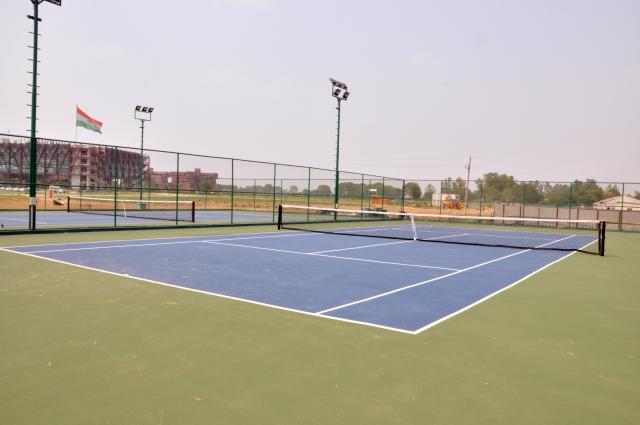
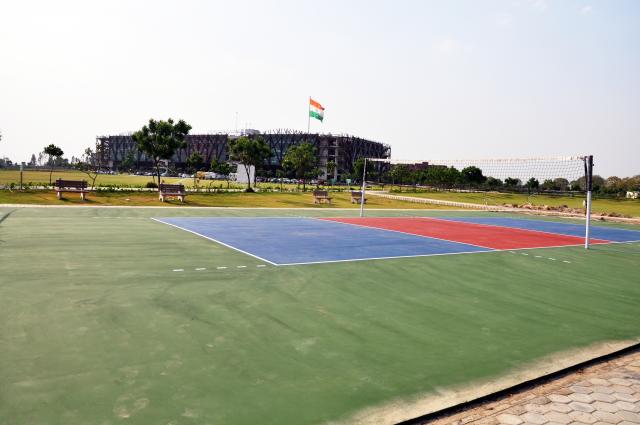
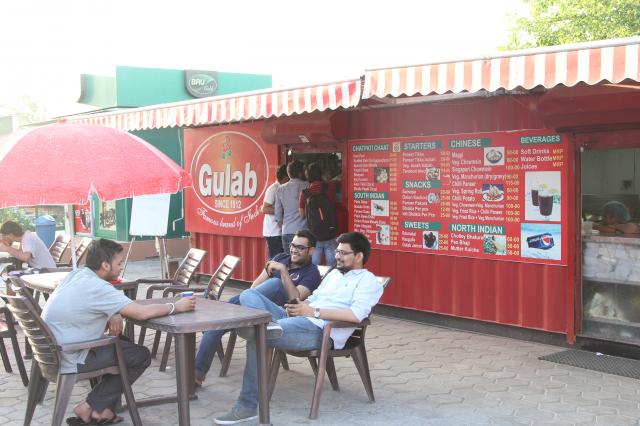
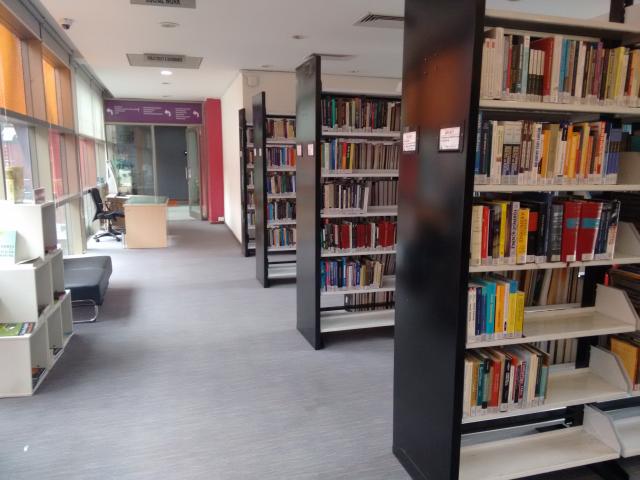
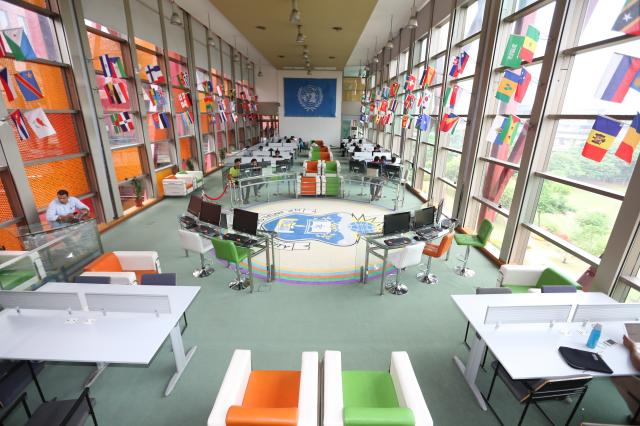
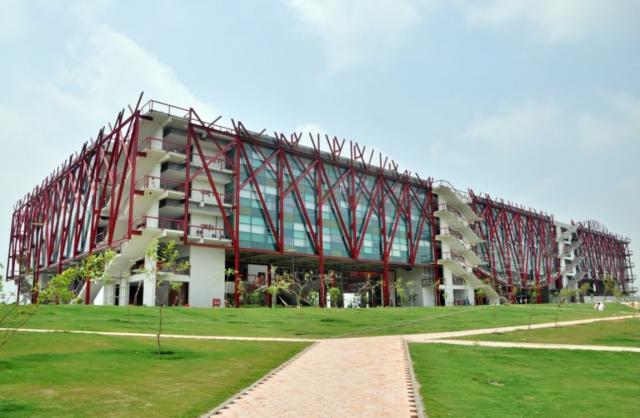
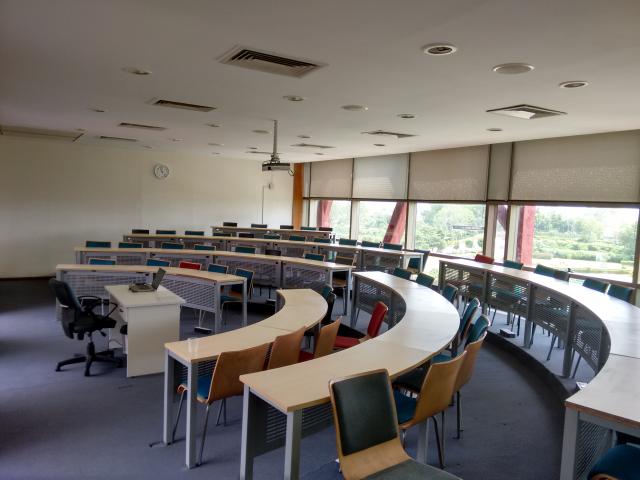

Contact
O.P. Jindal Global University Sonipat, Narela Road Near Jagdishpur village Sonipat, Haryana-131001, NCR of Delhi, India
info@jgu.edu.in
-
PGDM-Post Graduate Diploma in Management
Total Fee: INR 745000
-
B.Com Bachelor of Commerce
Total Fee: INR 240000
-
PGDM-Post Graduate Diploma in Management
Total Fee: INR 745000
-
B.Com Bachelor of Commerce
Total Fee: INR 240000
-
PGDM-Post Graduate Diploma in Management
Total Fee: INR 745000
-
B.Com Bachelor of Commerce
Total Fee: INR 240000
-
PGDM-Post Graduate Diploma in Management
Total Fee: INR 745000
-
B.Com Bachelor of Commerce
Total Fee: INR 240000
Highlights
- International Institute of Business Studies (IIBS) is an AICTE Approved college which is recognized by Ministry of HRD, Government of Indias
- IIBS rated India’s No.1 emerging B-School in placement by Samaja Parivarthana
- Faculty of IIBS consists of experienced corporate faculty with 65% Ph.D. holders
- Ranked 2nd among 'Top 10 Southern B Schools' by Silicon India, 2017
- Ranked 3rd in Placement among the Best B-School in India 2017 by Silicon India
Modern Facilities
- Smart Classroom: IIBS provides fully equipped classroom with air-conditioned, projectors, remote controlled LCD and high speed connected computers and cordless microphones
- Library: It is fully equipped by highly information recourses like latest periodicals, reference texts, management text books, national and international journals and DVDs and well organized
- Digital Library: Students of IIBS can be access the digital library through any computers by using their ID and password
- Auditorium: IIBS auditorium is fully furnished and laced with all modern devices to more impactful view
- Hostel: IIBS provides hostel accommodation for boys and girls with mesh facility
Conducting IIMs have been changed the pattern of the CAT exams several times over the years. It is extremely beneficial for the aspirants to know the CAT paper pattern as it helps in preparation and the aspirants can prepare according to the pattern and weightage of the topics.
Overview of the Exam Pattern of CAT 2020
| Mode of the Exam | Online Only |
|---|---|
| Total number of Questions | 100 |
| Total Marks | 300 |
| Duration of the Examination | 3 hours (180 minutes) |
| Sectional Division of the Paper | 3 sections |
| Types of the Questions | Both MCQs and Non MCQs |
| Marking Scheme |
For Correct Answers → +3 marks For Incorrect Answers → -1 mark For Unattempted Questions → No marks |
| Name of the Sections |
1. Verbal Ability & Reading Comprehension 2. Logical Reasoning & Data Interpretation 3. Quantitative Aptitude |
This Exam is conducted once in a year usually in the month of November on online mode and it is expected that this year this exam will held in the last week of November. The question paper contains 100 questions to be solved in 3 hours. 3 marks are assigned for correct answer and 1 mark is deducted for wrong answer in CAT Exam. English is the only medium of answering the questions. Each question consists of four choices from which only one is correct, candidates have to select the right answer from the given options.
CAT question paper consists of three sections divided as
- 1. Verbal and Reading Comprehension (VARC)
- 2. Data Interpretation & Logical Reasoning (DI & LR)
- 3. Quantitative Ability (QA)
Overview of the Exam Pattern of CAT 2020
| Section’s Name | Number of Questions | Duration (in mins) |
|---|---|---|
| Verbal and Reading Comprehension (VARC) | 34 | 60 |
| Data Interpretation & Logical Reasoning (DI & LR) |
VA → 10 Questions RC → 24 Questions |
60 |
| Quantitative Ability (QA) |
DI → 16 Questions LR → 16 Questions |
60 |
| Total | 100 | 180 minutes (3hours) |
Verbal Ability and Reading Comprehension Section
This section is a combination of two sub-sections namely Verbal Ability (VA) and Reading Comprehension (RC). The main focus of this section is on the English language skills of the candidates and how they understand and elucidate the paragraphs and Passages. This section consists of 34 questions, 10 questions of Verbal Ability and 24 questions of Reading Comprehension. Verbal ability sub-section consists of questions related to Para-jumbles, Summary based questions, Sentence Correction and Completion. The other sub-section, Reading Comprehension is based on the questions related to Vocabulary, title etc.
Logical Reasoning & Data Interpretation Section
This section is also divided into two sub-sections, one is Logical Reasoning (LR) and other is Data Interpretation (DI). A total of 32 questions are asked in this section, 16 questions from both the sub-section. LR section contains solvable questions generally from the topics like inequalities, symbol operations, direction sense test etc. On the other hand DI section is a little difficult and time-consuming section as it consists of several confusing data case lets questions. This section contains tricky question and a little mistake in understanding the case lets can lead the candidates to attempt all the questions from a particular set incorrectly.
Quantitative Aptitude Section
This section is a standalone section which comprises only numerical questions from different topics of Math. A total of 34 questions are asked in this section. This section contains questions based on Basic Arithmetic, Number System, Geometry, Algebra, Modern Math etc. The questions in this section ranges from easy to moderately high and can be answered easily with proper practice of the syllabus of Quantitative Aptitude.
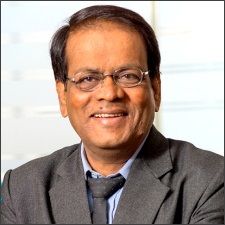
|
Prof. Prabhakar H
B.Sc., PG in HRD, PG in Training & Development |

|
Prof. Prabhakar H
B.Sc., PG in HRD, PG in Training & Development |

|
Prof. Prabhakar H
B.Sc., PG in HRD, PG in Training & Development |

|
Prof. Prabhakar H
B.Sc., PG in HRD, PG in Training & Development |

|
Prof. Prabhakar H
B.Sc., PG in HRD, PG in Training & Development |

|
Prof. Prabhakar H
B.Sc., PG in HRD, PG in Training & Development |
Facilities













CAT 2020 will be conducted in the following cities:
| Port Blair | Kurnool | Nellore | Tirupati |
| Vijaywada | Visakhapatnam | Chittoor | Itanagar |
| Dibrugarh | Guwahati | Silchara | Aurangabad |
| Gaya | Muzaffarpur | Patna | Chandigarh |
| lorem | lorem | lorem | lorem |
Contact Us
#75, Muthugadahalli, Bangalore North Jala Hobli, near International Airport airport(New Airport), Bangalore ( Karnataka)
admission@iibsonline.com









